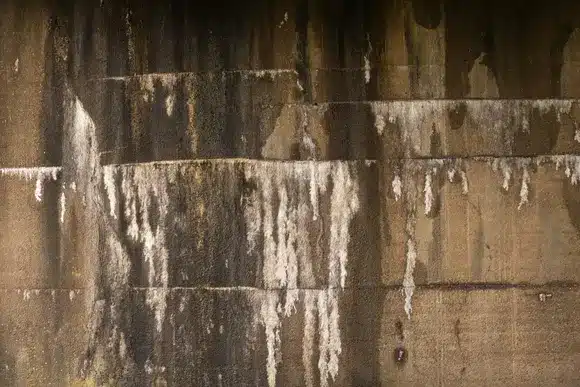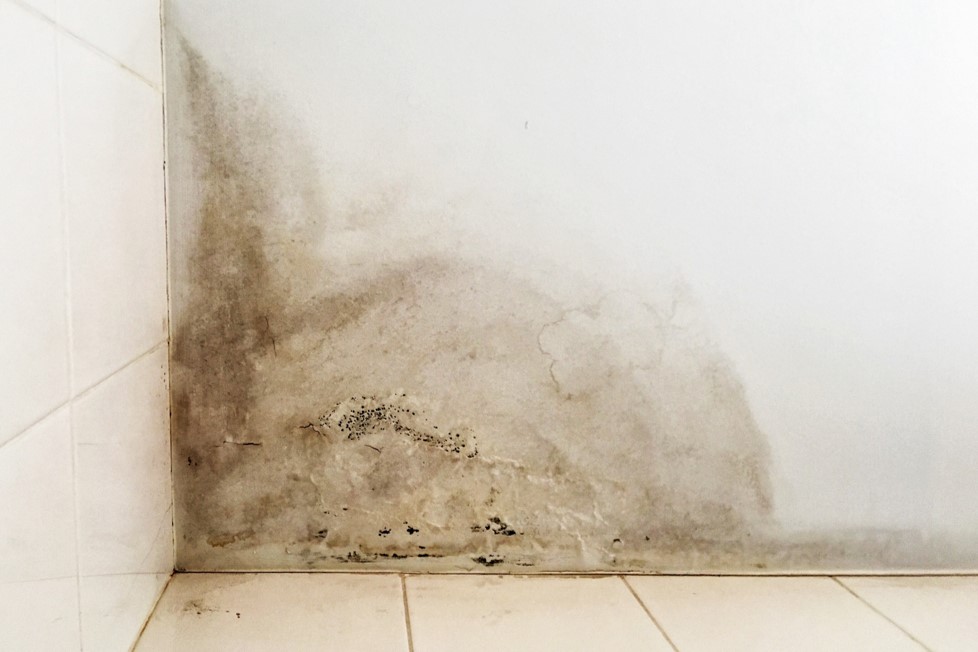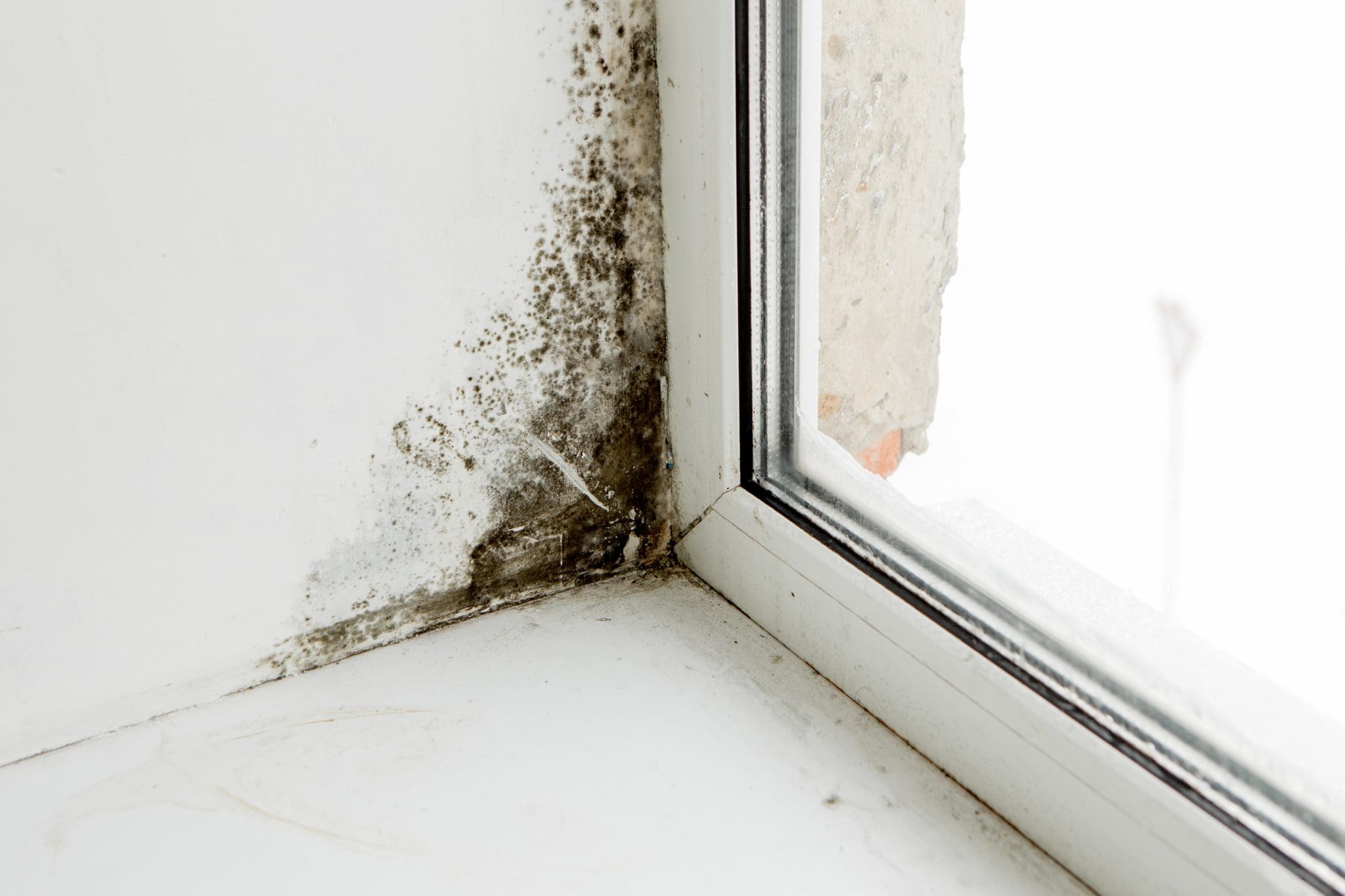Infill slab buildings may experience water seepage through floor-to-wall joints due to hydrostatic pressure. Leaks often manifest in many buildings during extended periods of rainfall, with water exploiting previously unnoticed cracks and crevices to infiltrate the building.
To curb this issue, you must promptly seal any small holes or cracks present in the concrete, blockwork, or floor-to-wall joints that could allow water from the outside to seep in.
These tiny imperfections could evolve into major channels for water intrusion, leading to complications in the future. The primary step in rectifying a leak is pinpointing its source, whether it’s concealed beneath the slab or behind the wall.
Water seepage from floor-to-wall joints in infill slabs typically results from the following:
Infill slabs, foundations, and retaining walls typically experience water ingress due to hydrostatic pressure from an elevating water table and lateral pressure from water-saturated soil. This water intrusion often occurs through cracks, pores in building materials, holes, joints, or as a result of insufficient waterproofing.
Water pooling on a concrete foundation or retaining wall during prolonged rainfall can lead to issues if the area does not have enough drainage. The likelihood of water accumulating around a building can be mitigated by taking measures to divert water flow away from foundations and minimising pooling.
Even when the waterproofing system is in excellent condition, increased hydrostatic pressure can still lead to water seeping into the property via the cold joints surrounding the slab’s perimeter.
When it rains heavily, the water table rises, bringing the groundwater closer to the surface and increasing the likelihood of water seeping in through the floor-to-wall junction. As a result, the construction junction between the floor and the wall may start functioning as a highway for water when hydrostatic pressure develops on the slab of your structure.
If you had problems with seepage after heavy rainfall, it’s highly recommended to talk to a waterproofing engineer about a long-term fix in remedial leak sealing and concrete defect repair.
Once the wet and rainy season rolls along, the leaks will undoubtedly resume and might become even more of a problem.
Damage to concrete, building materials, pest infestation (white ants/termites), mould growth, and ruined goods are just some of the problems that can arise with unresolved damp issues, ignoring it only causes further defects, including serious structural damage.
When you discover an issue, whether you have a multi-story structure, commercial, industrial, or civil sites, waterproofing engineers can always help in these situations.
The inspectors at MJ Engineering Projects have expertise in their fields and access to cutting-edge, non-intrusive inspection tools. Our clients receive the highest quality professional guidance from our comprehensive site evaluation and diagnosis process.
Whether you’re dealing with a small seepage problem or a major emergency, we can help.We know our clients have a stressful time during the wet season, and we work around the clock to help tend to these issues promptly, including the following:
We look forward to helping you with your issues and welcome you to contact us now so we can provide options to fix your issues efficiently and professionally.

There are many potential sources of water damage beyond your roof. For instance, your walls also have to manage water when it rains. Most of the rainfall is typically managed at the top of your property, but if your structures, particularly the walls, are not waterproof, they may eventually let rain seep in.

If your residence is at a lower level than your neighbour or close to a construction site, the likelihood of water ingress into your property is higher. This situation may have happened previously or could be a consequence of repairs carried out by your adjacent neighbor.

Water ingress and water leaks can be found in almost any building and property due to many different reasons. In this article, you can read about its definition, how to identify the most common causes and locations, as well as whose responsibility it is to rectify water ingress, and how to take immediate action to preserve your building.